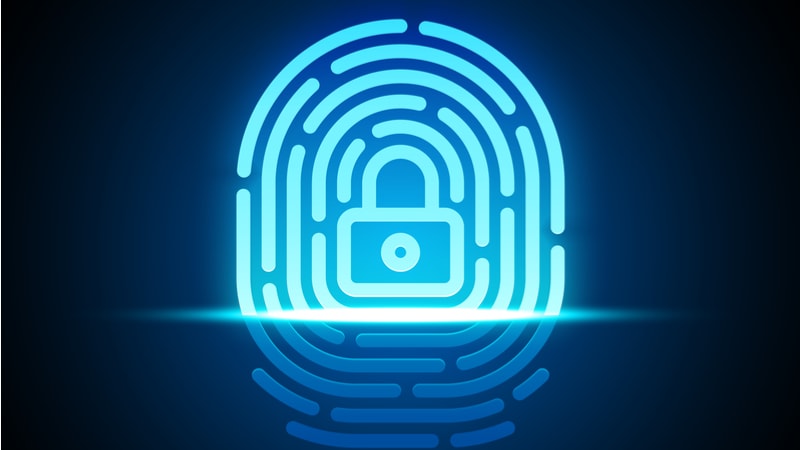Applying for Government Benefits Shouldn’t Be Difficult When It Comes to Identity Verification

By Jeffrey Huth, Senior Vice President of TransUnion’s Public Sector business
Three senators last month introduced bipartisan legislation intended to create a better customer experience for people trying to access government services. Specifically, the Improving Government Services Act will require agencies to develop plans within a year of enactment to reduce wait times and improve digital services.
Coincidentally, TransUnion recently published a report on consumers’ experiences, preferences, and beliefs regarding enrollment in government benefit programs. The Reduce Benefit Enrollment Burdens report shows how challenging these processes can be for those accessing the customer service portals—and identifies means to address those problems.
Proving Identity Across Channels
One of the most significant areas for improvement concerns how government agencies verify identity remotely. Nearly 4 in 10 respondents (39 percent) spent 15 minutes or more trying to verify their identity when signing up for programs online. Spending 15 minutes online doing ANY form would be enough to tax a person’s patience. You can imagine the frustration that might occur regarding needed government benefits.
Additionally, constituents indicated their applications were delayed or declined due to not being able to prove their identity or eligibility online at more than double the rate that people experienced when applying through other channels, such as in-person. This helps explain why more than a quarter of people who do not apply online take that route because the process appears too difficult.
Other highlights from the survey – which polled 1,006 adults on whether they applied for government benefits in the past or might do so in the coming years – include:
- While people appreciated the convenience of an online process, 23 percent of those polled could not complete their applications quickly.
- There was a disconnect between expectations and reality for time spent verifying identity. Nearly 50 percent hoped to finish in under 10 minutes, but only 37 percent did.
While improving and streamlining identity verification online is critical, there is still a need for direct human interaction. The report found 60 percent of constituents will call an agency to get information about a program, while just slightly more will visit the official website (61 percent). In addition, when constituents run into problems while completing an online application, they are equally likely to call the agency for help as they are to use a digital channel, like the website chat function.
Here again, constituents expect a seamless and secure process to validate their identity in order to quickly get the help they need. These findings highlight the importance of a consistent omnichannel experience and should encourage agencies to invest in their call centers as part of their digital transformation.
What Modernization Will Require
The good news is that technology exists to securely verify identities without being overly intrusive for core entitlements and everyday benefits Americans need. Now, government agencies just need to continue in their commitment to deliver the experience that benefits program participants expect and deserve.
Among several recommendations, the TransUnion report notes a multipronged approach is most effective. Such an approach includes device reputation tracking, fingerprinting, device-to-identity linkages, and user behavior analysis. Solutions incorporating identity and device-proofing technologies are more likely to catch fraudsters early while reducing friction for legitimate benefits applicants, claimants, and recipients.
Inbound authentication solutions can help call centers reduce reliance on costly and time-consuming knowledge-based authentication while focusing fraud resources on only the minority of risky calls. These solutions reduce average call handling times, increase Interactive voice response containment, and improve the caller experience.
It’s clear that with so many more Americans connected to the web and accessing benefits via online portals, government agencies must implement more advanced identity verification methods using document validation, liveness detection, and facial matching recognition. Investing in more modern techniques for identity verification online and in the call center will pay dividends through more successful enrollment, improved citizen satisfaction, and increased program integrity.
